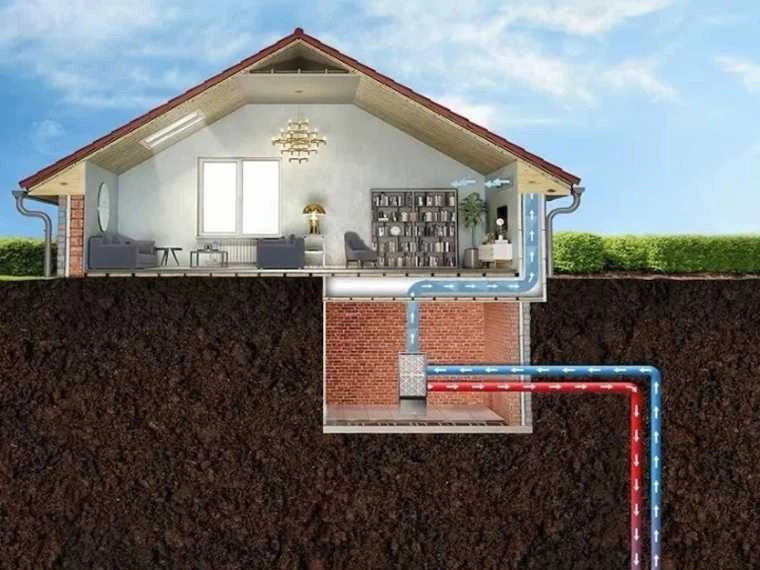Geothermal well drilling
аs the impact of energy consumption becomes more evident with climate change finding sustainable and renewable energy sources is becoming more important. Geothermal energy in particular is one source of energy that does not pollute and cannot be exhausted, making it an ideal resource for people who want heating and cooling without the carbon footprint.
Similar to most other wells, a geothermal well is created by drilling a large hole down into the earth, until a specific depth is reached that can supply enough geothermal energy to heat and cool the facility it will be installed in. Geothermal systems are designed to use the Earth’s constant subsurface temperature in conjunction with a heat exchanger to add heat in the winter and to remove heat in the summer. They use well water as the heat exchange fluid that circulates directly through the Geothermal Heat Pump System. Once it has circulated through the system, the water returns to the ground through the well, a recharge well, or surface discharge.
Another application for geothermal well drilling is for defreezing open areas of bridges as well as heating of ramps. Also for storing energy in the ground in combination with solar installations or other energy sources. Optimal combination with radiant heating and cooling or tempering of the concrete. They usually have a diameter of Ø130 to Ø150 and a depth of up to 300m.

